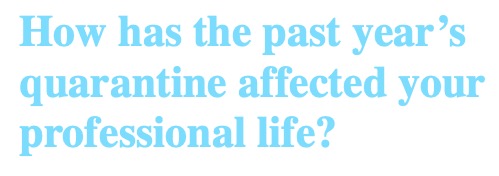Streaming images show isolationism overtaking cultural politics. The hardening of difference is so pervasive that I regularly wonder if the definitive nonmedical defense against COVID is “Othering’s comfort,” in Toni Morrison’s piercing phrase. I can’t tolerate it, but part of me gets it, as I, too, am often scared and alone. These aspects of the pandemic necessitated fresh thinking about work and ways of working. Otherness shapes everything we do: our artifacts manifest the work of other minds, with the result that, now, art’s absence from our midst registers as loss. Some months into the pandemic, however, I can visualize an art history confident and compassionate enough to affirm the otherness of art. This means trading the organized mood of method for the openness of approach. (Method, insofar as it sponsors the urge to remake my subjects with concepts linked to thoughts I’m going to think anyway, regardless of subject, may, finally, be an excuse to think just one way about greatly mobile, variant phenomena—a technique akin to isolationism.) What if the work led the way? I really do want to discover art’s plans for me—the art that is, not the art my studies equip me to posit. The pandemic taught me to wonder, again, where the otherness of art might lead me other than back to myself. If I get out of this thing, I say to me, I’ll shut up and look.
DARBY ENGLISH, art historian and professor, University of Chicago

